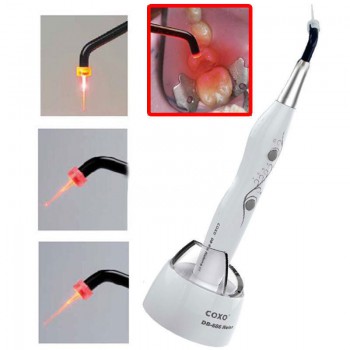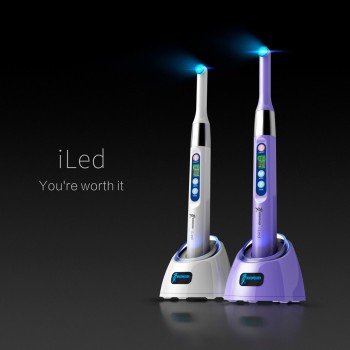Today’s busy dental practices face a serious challenge: to maintain or increase productivity while ensuring that patient safety remains a top priority. At times, these may seem like incompatible goals. Advances in dental processing equipment, however, have empowered practices to develop safer processes while realizing efficiencies and ultimately, saving money.
Most dental offices have a designated area for instrument reprocessing that is separate from the dental treatment room. This is ideal, since cleaning, sterilizing and storing instruments in the same room where the delivery of patient care is provided increases the risk of cross-contamination. The removal and disposal of single-use sharps such as needles, blades, orthodontic wires and glass must be done at the point of use, typically in the dental treatment room.
A cleaning and sterilization by dental autoclave process that meets ADA and CDC guidelines is vital to an effective infection control program. Streamlining of this process requires an understanding of proper methods, materials, and devices. Many methods of instrument reprocessing are available. Use of a complete system that encompasses and fulfills all elements that are critical maximizes efficiency and minimizes risks. Closed cassette systems provide a more efficient and safer way to process, sterilize and organize instruments in a dental office – these eliminate manual steps during instrument reprocessing such as hand scrubbing and time-consuming sorting of instruments, thereby improving safety and increasing efficiency.
Using mechanical means of instrument cleaning rather than hand scrubbing should minimize handling of instruments. If procedures are used whereby hand scrubbing is necessary, heavy-duty (utility) gloves, mask, eyewear and gown should always be worn while cleaning. Minimize the risk of puncture injury by scrubbing only one instrument at a time while holding it low in the sink.
Use of a system utilizing locked cassettes eliminates the need to sort, handle and hand scrub individual instruments – reducing the risk of infection from contaminated instruments – and results in savings of, on average, five minutes during instrument reprocessing, as well as fewer damaged instruments, since the instruments are locked in position during reprocessing. As with any standardized procedure, a standardized instrument reprocessing protocol also results in easy staff training and cross-training.
In general, three classifications of mechanical cleaning devices are available for the dental office. They are the ultrasonic scaler, instrument washer and instrument washer/disinfector.

